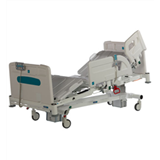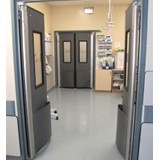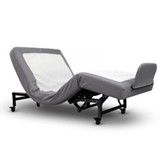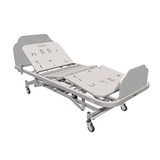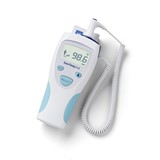The report A Digitally-enabled Health System looks at how the Australian health system can reduce costs and deliver quality care.
"We know Australia's health system faces significant challenges including rising costs, an ageing population, a rise in chronic diseases and fewer rural health workers," CSIRO Health Services research leader Dr Sarah Dods said.
"We need to look at new ways to make the health system work smarter. Digital technologies promise that."
Some of the technology identified in the report includes telepresence robots taking rural health workers on city ward rounds, wireless ID wristbands monitoring patients in real time, mobile health apps assisting with at-home rehab and smart software that knows what patients will be turning up to emergency departments, 6-12 months in advance.
"Medical technology for diagnostics and treatment has improved in leaps and bounds, but many health services are still stuck on paper," Dr Dods said.
"People expect the health system to keep up and we're seeing some exciting emerging technologies that will make a big difference over coming years.
"For example hospitals are the single costliest element in Australia's health system, taking up to 40 per cent of health expenditure, and they are complex to run. But once its information moves off paper, a hospital's complexity can be easily managed by digital technology."
Big Data analytics and decision support tools will be a major driver in tomorrow's digital hospital, helping staff move from reactive to proactive planning to minimise wait times, improve bed availability, and forecast likely discharge times – all of which make for a far less stressful experience for patients and staff alike.
"Digital technologies can help close the healthcare gap in remote communities with the availability of broadband services," Dr Dods said.
"We are seeing telehealth, wearable devices and telepresence technologies playing a bigger role in managing chronic disease at home, automated disease diagnosis and remote training and guidance for rural health workers."



